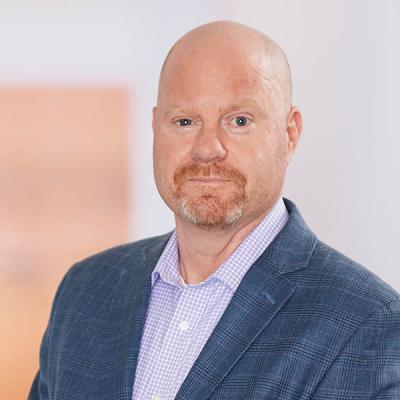The Standard Does Rule Them All: Federal Circuit Panel Finds Standard Sufficient to Prove Infringement for SEP Compliant Products
The Federal Circuit yesterday, in a decision likely to be celebrated by holders of standard essential patents (“SEPs”), found that it is appropriate for the jury to decide essentiality of a patent, rather than the judge during claim construction. This decision in Godo Kaisha IP Bridge I v. TCL Commc’n Tech. Holdings Ltd. also approved of the use of the standard as evidence of infringement where it was established that the accused products are standard compliant. As we previewed in our previous coverage of Godo Kaisha IP Bridge I v. TCL Commc’n Tech. Holdings Ltd., No. 19-2215, the panel appeared hostile to TCL’s argument that a judge must decide whether a patent was essential to a standard, and in the absence of such a ruling, the jury must perform its infringement analysis by comparing the asserted claims directly to the accused products, without reference to the standard. The panel rejected that argument and clarified that whether a claim is essential to a standard is a question of fact for the jury to decide. The panel further ruled that where it is established that (i) the accused products are compliant with the standard and (ii) the asserted claims cover a mandatory portion of the standard (i.e., a part of the standard that is required in all implementations of the standard), then a jury may perform its infringement analysis by comparing the patent claims to the standard. The opinion resolves significant ambiguities concerning the scope of the jury’s role in SEP infringement actions, and edifies the circumstances under which infringement may be proven by comparison to a standard. The clarity benefits SEP owners, and is part of a larger trend of recent decisions worldwide, like Sisvel v. Haier out of Germany, that are favorable to SEP holders.
For background, IP Bridge sued TCL for literal infringement of two patents, which had been declared essential to the LTE standard. IP Bridge presented evidence of infringement to the jury consisting of the technical standard and that TCL’s accused products implemented the standard, i.e., that TCL’s LTE compliant phones could not operate on the LTE network without infringing the asserted claims. In doing so, the jury found infringement based on direct comparisons of the asserted claims to the LTE standard, itself, rather than a direct comparison of the asserted claim limitations to accused products.
TCL appealed, arguing that the court should have decided essentiality. The Panel was not convinced, and explained that TCL’s entire appeal was based on a misreading of a single statement from the Court’s earlier decision in Fujitsu: “[i]f a district court construes the claims and finds that the reach of the claims includes any device that practices a standard, then this can be sufficient for a finding of infringement.” Fujitsu does not require the district court to determine, as a matter of law during claim construction, that the claims include any device that practices the standard. In Fujitsu, the appeal addressed a grant of summary judgment where essentiality was not disputed. Where, as in the present appeal, essentiality is a disputed fact, it is a question for the fact-finder to decide as part of determining infringement.
The decision does two important things for SEP owners. First, it validates an alternative mechanism for proving infringement, which may, when the requisite circumstances exist, facilitate an efficient infringement presentation at trial, as well as avoid potential discovery complexities in building the case. Second, it allows the issue to be heard and resolved by a jury at trial as part of a comprehensive infringement analysis, rather than cleaving it off for a judge to decide during earlier claim construction proceedings. Both developments should make the U.S. courts more attractive for SEP litigation, and help SEP holders hold efficient infringers accountable.
Follow Mintz Intellectual Property on LinkedIn for regular insights into IP law, including content created specifically for LinkedIn.
Authors
Michael T. Renaud
Member / Chair, Intellectual Property Division
James Wodarski
Member




